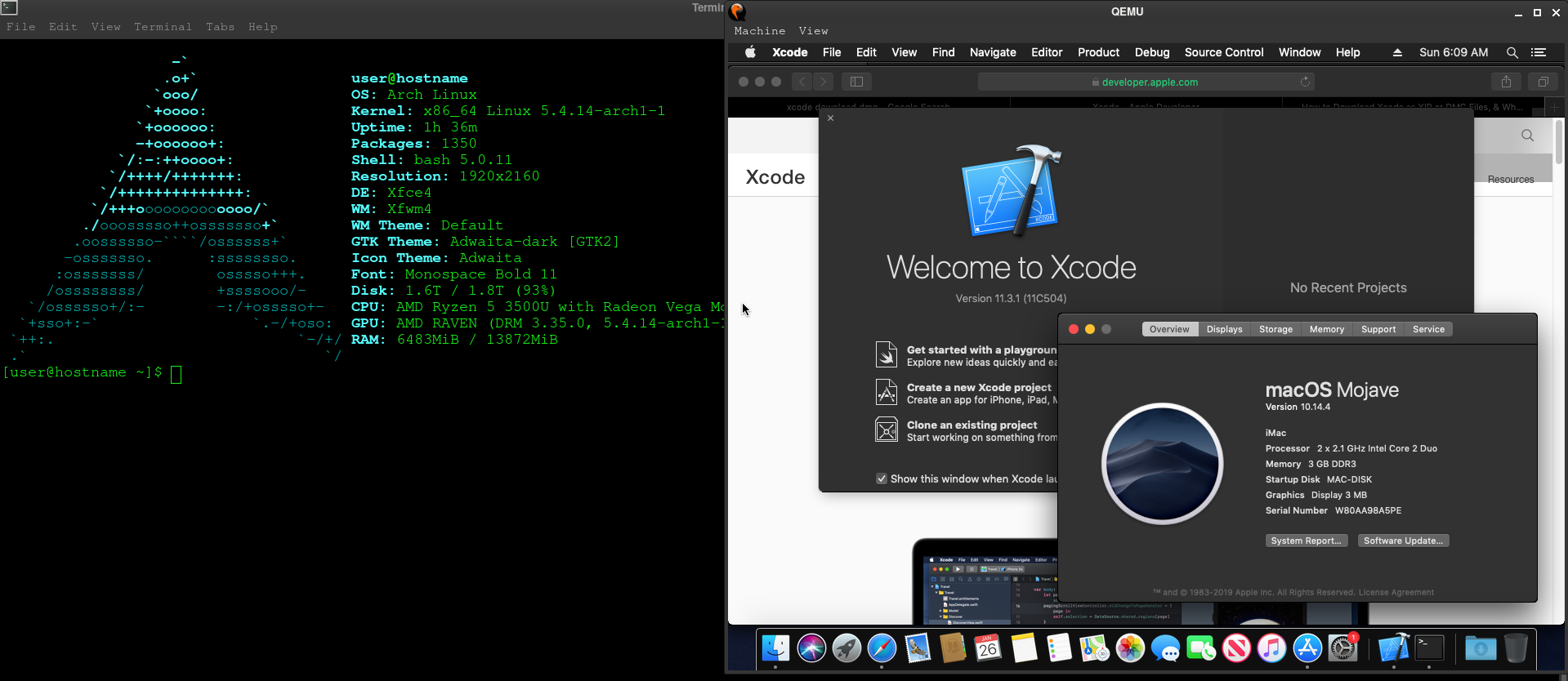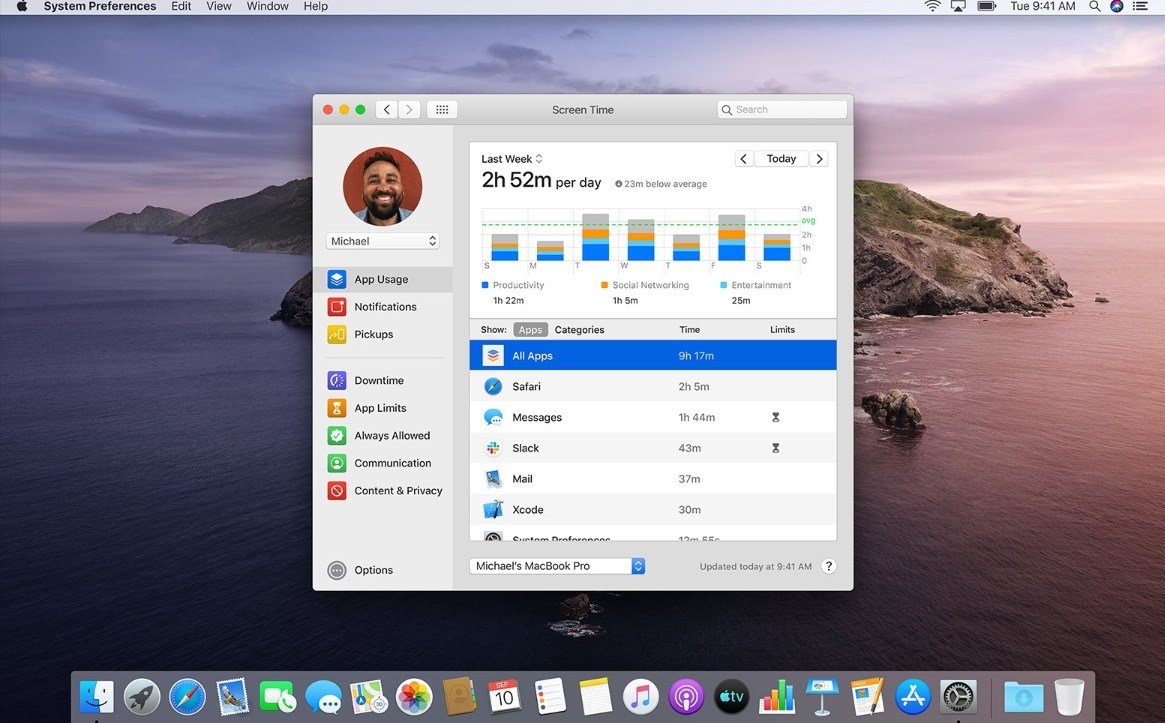Android Emulator For Macos Catalina

- Android Emulator For Mac Os Catalina Download
- Android Emulator For Mac Os Catalina 10 15 7 Download
- Android Emulator For Mac Os Catalina
- Android Emulator For Mac Bluestacks
- Android Emulator For Mac Os Catalina 10 15

As Android grows in popularity, so do Android emulators used for running and emulating the Android OS on PCs. So, which ones are the best? Run your Apps on Windows and Mac PC. Here are 9 Free & best Android emulators software for Windows 10, 8.1, 8, 7 including free and paid (developers & Home). To Solve The emulator process for AVD PixelCAPI30 was killed In macOS Solution 1 Is if you can update your macOS to the latest version of Big Sure then y.
5 stars: This App Sets Up a Linux Shell Environment This app has allowed me to discover much about the inner workings of Android devices. I have the advantage that I have Linux experience. Not all devices are made alike. Success will depend on the device. This app is best had with Hacker's keyboard. Linux commands are created by making a symbolic (soft) links to busybox or toolbox. This however requires ROOT. The filesystem on the user's 'sdcard' does not support symbolic links. Without root the user is limited to the Linux commands that the manfacturer put in. Use the cp command to copy some files from internal memory to the sdcard. Use df to find block devices (drives) . Type the word 'busybox' and read how Android uses one file to implement numerous commands. On many devices 'toolbox', is used in place of busybox.This app may need work on the higher versions of Android.
5 stars: Best Terminal Emulator ever for Android! Having been a Linux user and supporting this developer for a long long time, this app makes it all happen to anyone who wants that same experience as they did when Linux was first introduced. Android IS an OS based...
The very first step to start development in React-Native is to install the right tools to setup the environment correctly. I’m working on MacOS Catalina and I already have Xcode 11 installed on my machine which is one of the pre-requisites to run the iOS App.
Install the following dependencies for React-Native:
NodeJS: https://nodejs.org/en/download/

The recommended way to install Node is using Homebrew from your Terminal:
Watchman: In react-native, Watchman watches the source code for any changes and rebuilds them.
Install XCode from App Store.
Cocoapods: This is the Dependency Manager for iOS & Mac projects.
This requires you to enter system password.

Install Visual Studio Code for Mac from here. You might face issues on Mac OS Catalina to run VS Code due to Notarization requirements. You can check out this post for more details.
Create the folder inside say your Documents folder on your Mac as below:
Open VS Code and open New Terminal and type the following command to create a new React-Native App:
Come back to the MyApp folder and run the below command to run your App in the iOS simulator:
This will install and launch the App in your iOS simulator. The first time might be very slow. It might be helpful to launch your simulator beforehand.
Running on Android:
Install the Android Studio from here, which will install the Android SDK and the required emulator. I’m using the Android 10 emulator for Pixel XL.
Open the MyApp folder in VS Code to make further changes.
Issues
Android Emulator For Mac Os Catalina Download
Running the Android App causes issues while launching the Emulator. The error message is: React Native adb reverse ENOENT
Starting with macOS Catalina, your Mac uses zsh as the default login shell and interactive shell. You can make zsh the default in earlier versions of macOS as well.
So on your Mac:
1 – Open your .zshrc file:
2 – if .zshrc file doesn’t exist, you need to create one & open again(Step 1)
3 – Add this to your .zshrc file
4 – Save and close
Android Emulator For Mac Os Catalina 10 15 7 Download
5 – Compile your changes
& make sure to restart your terminal.
Run the command in the Terminal and you’ll see something like below if everything is fine:
Android Debug Bridge version 1.0.41
Version 30.0.0-6374843
Android Emulator For Mac Os Catalina
Installed as /Users/<username>/Library/Android/sdk/platform-tools/adb
Android Emulator For Mac Bluestacks
You can also run the code in your VS Code Terminal and see the same output.
Android Emulator For Mac Os Catalina 10 15
The path to Android SDK is available in the Configure button -> SDK Manager (at the bottom right) when you launch Android Studio.